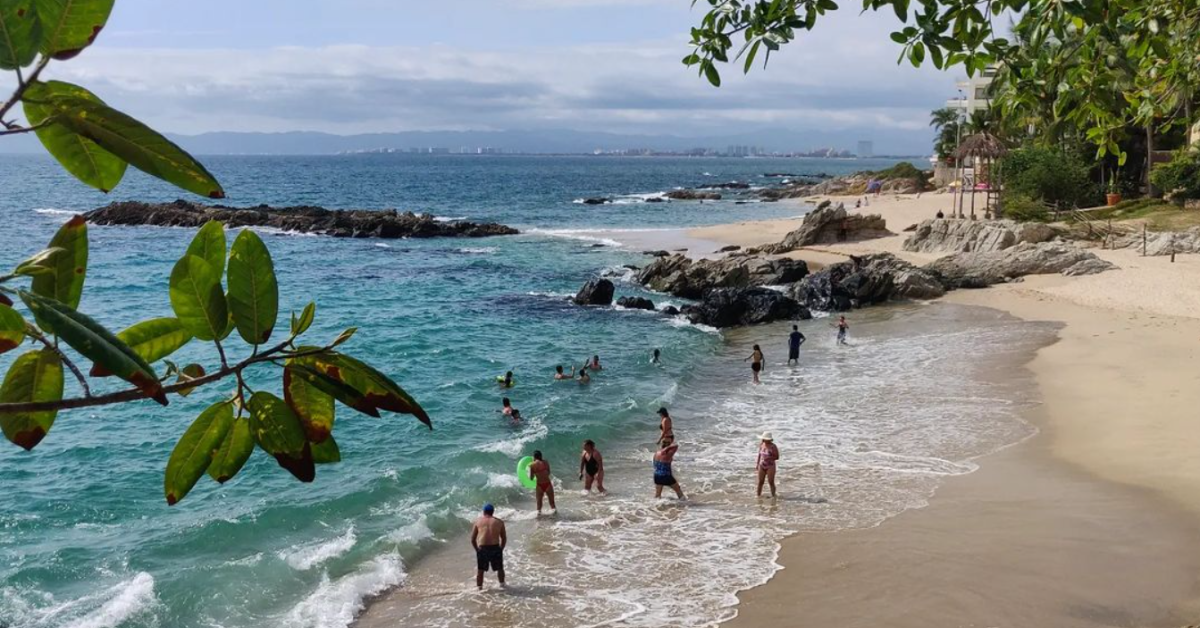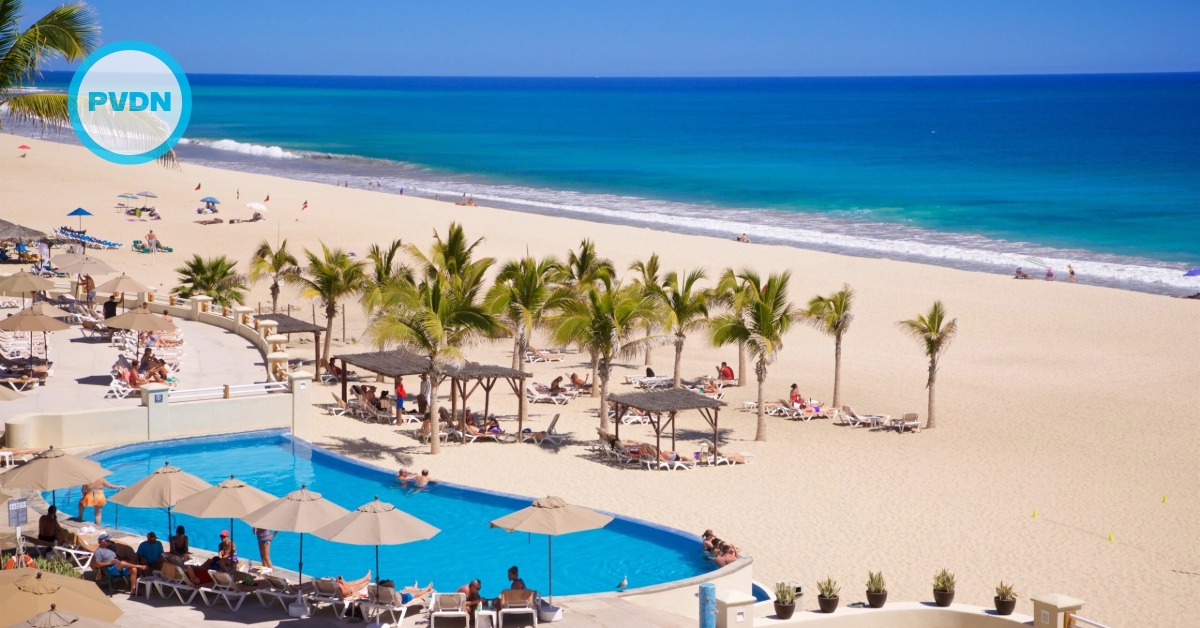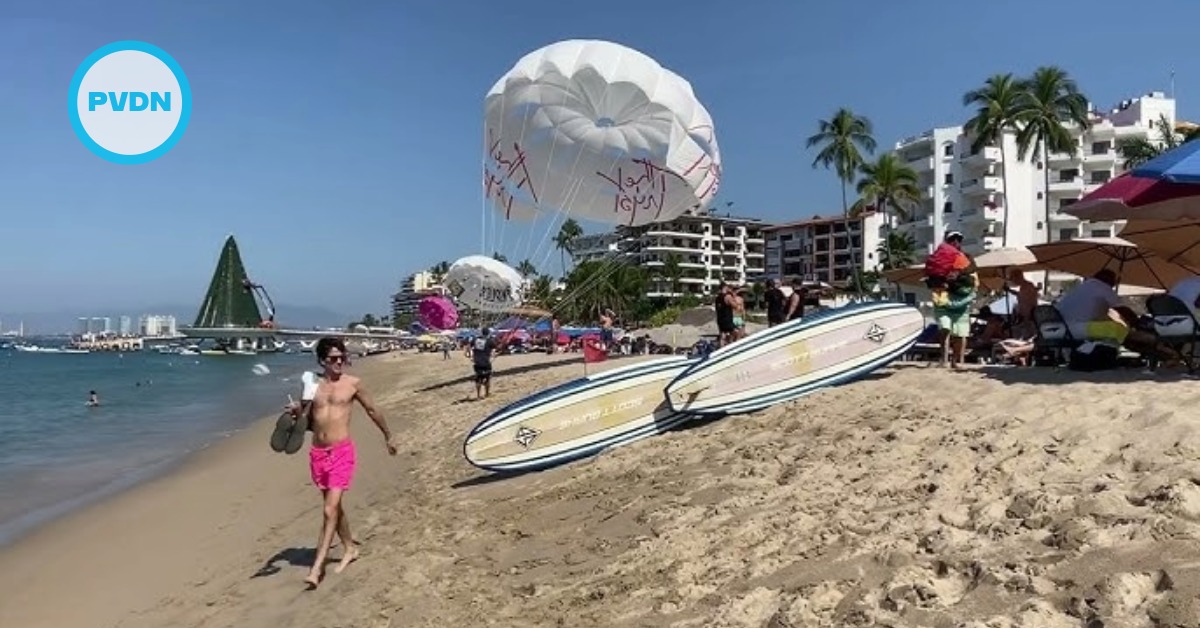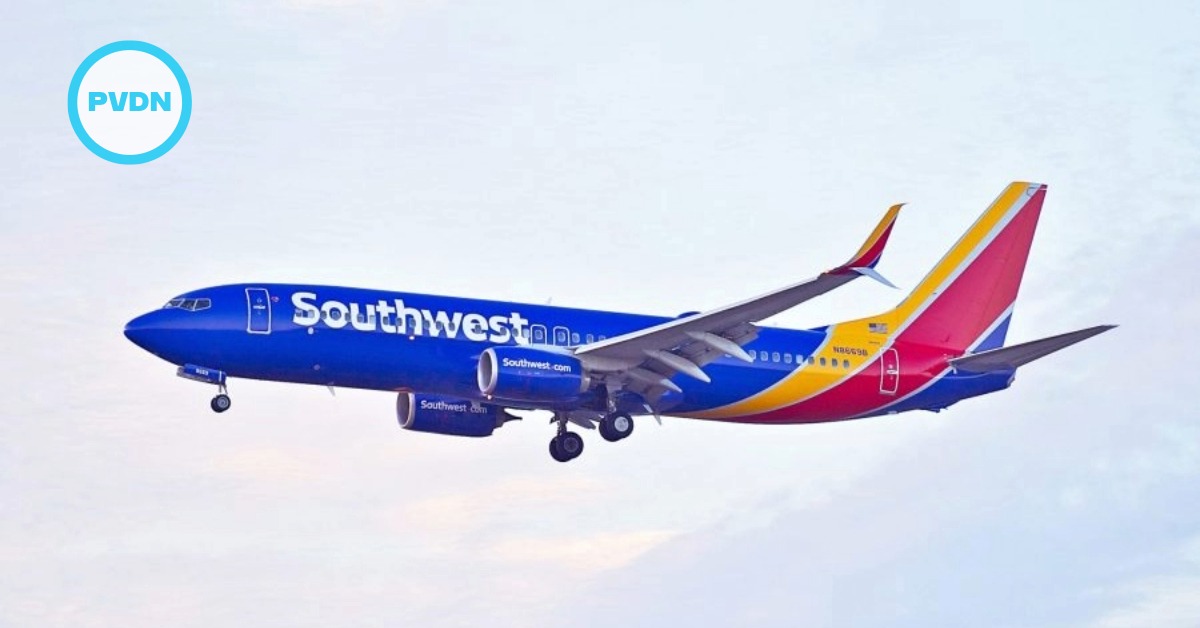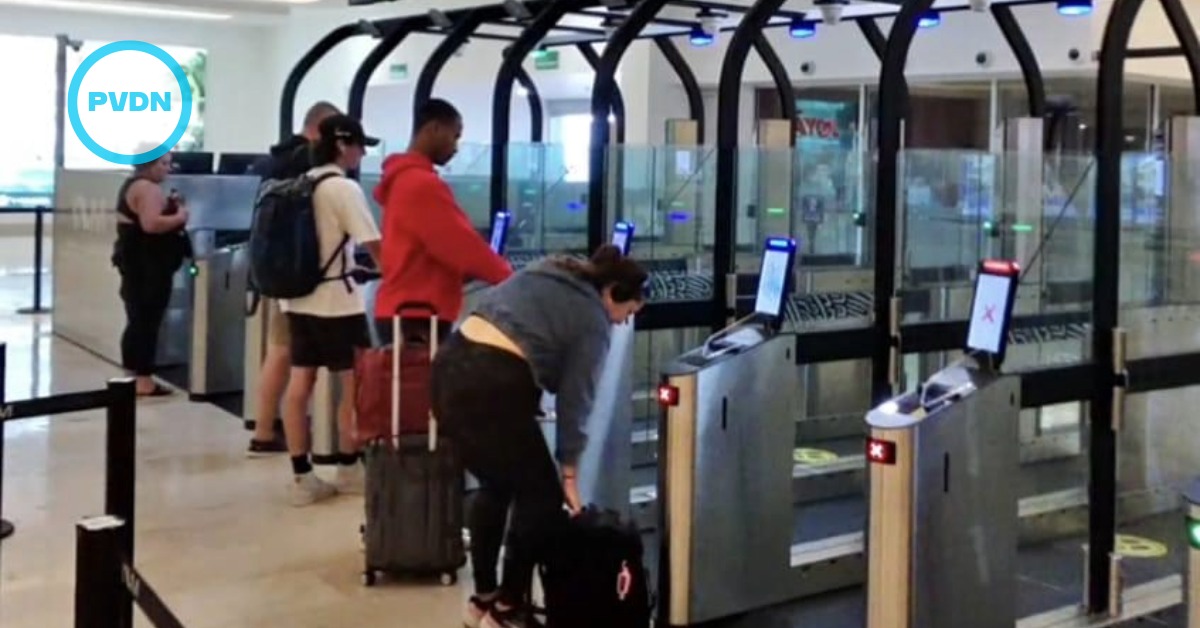Puerto Vallarta (PVDN) - Tourism is often viewed as a positive force that generates economic growth, creates jobs, and promotes cultural exchange. However, it can also have negative impacts on local communities, cultures, and environments. Puerto Vallarta, a popular tourist destination in Mexico, is not immune to these negative effects.
A tiktoker named Andy Mendoza became a trend after complaining that a restaurant was built on Colomito Beach, in Puerto Vallarta, which affected a natural waterfall that poured into the bay. Andy uploaded a couple of clips that show the new structure and also how it looked before . . .


